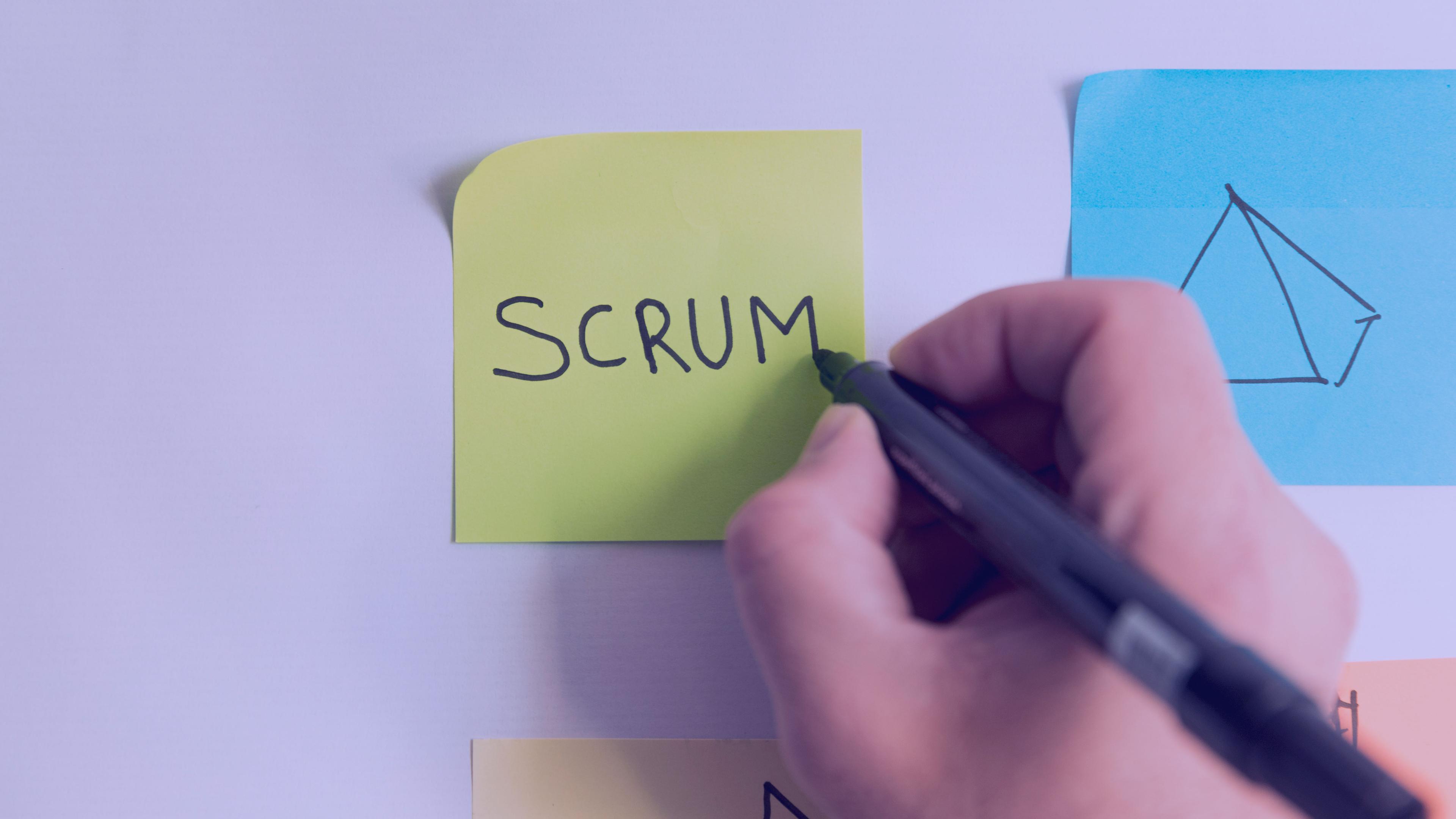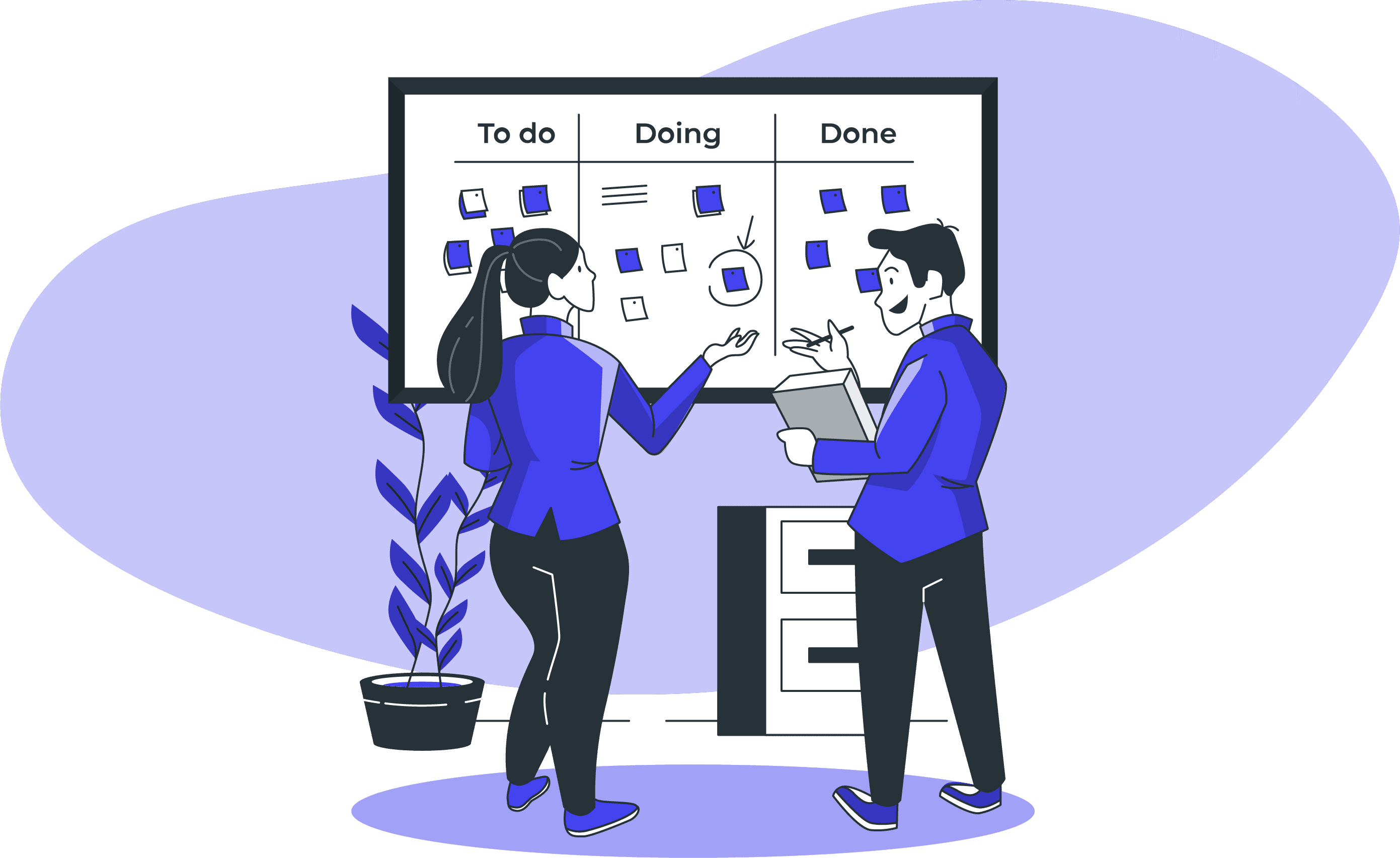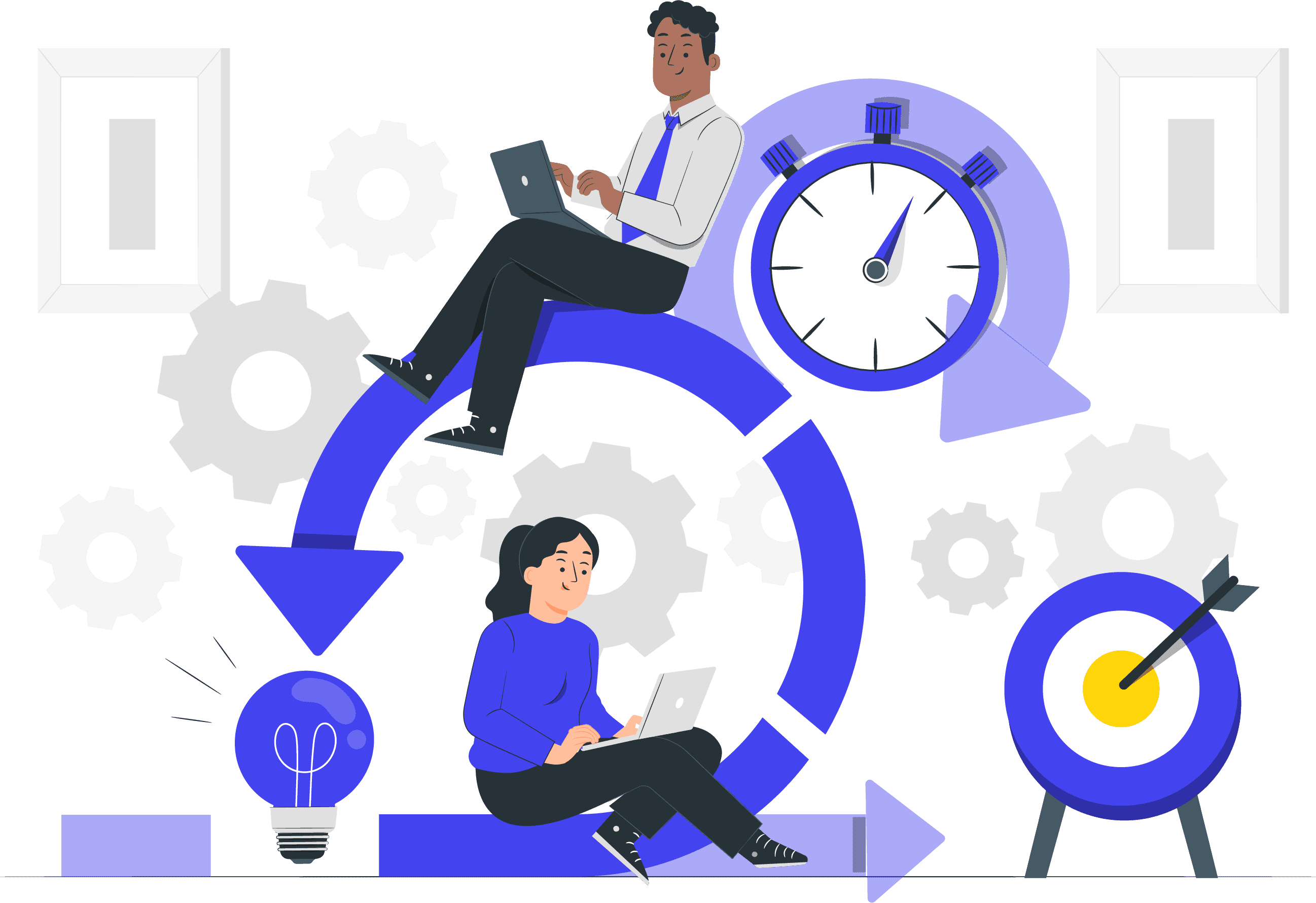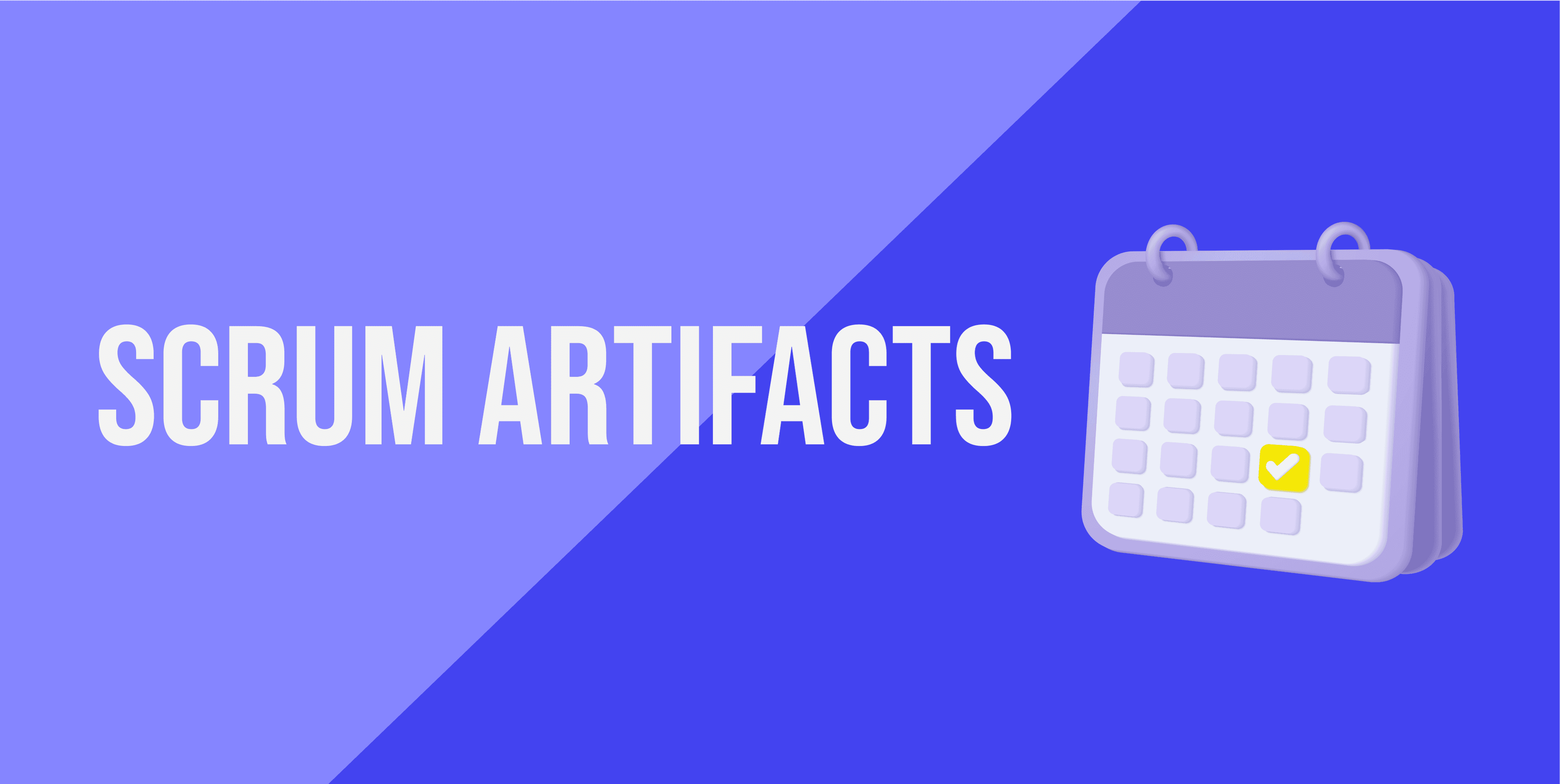Share this article:
Building a high-performing Agile team: Our proven approach
Head of Delivery
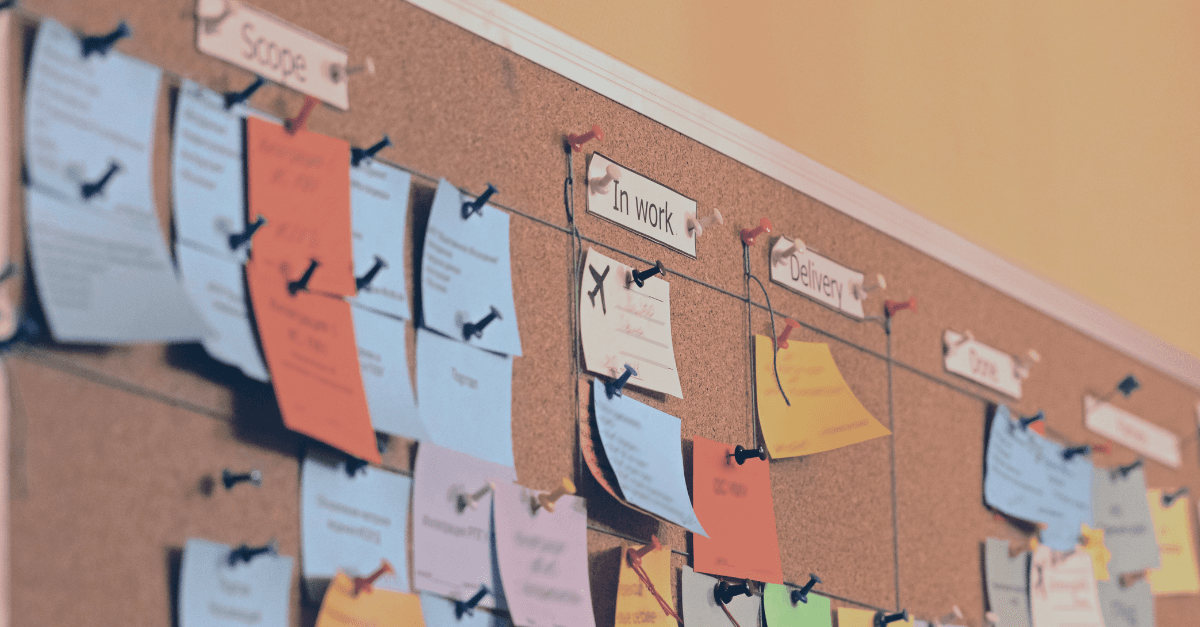
At Bulcode, we've embraced Agile methodology to deliver superior results for our clients. But what does it take to build a truly agile team? In this post, we’ll share our insights and approach to creating a high-performing Agile team that consistently meets and exceeds expectations.
1. Understanding Agile principles
Agile methodology is a framework that promotes iterative development, collaboration, and constant feedback. It's designed to respond quickly to changes, ensuring that teams can deliver high-quality products efficiently. At its core, Agile is about breaking down work into manageable chunks, fostering close collaboration among team members, and continuously improving through feedback.
Why Agile matters?
In the IT industry, agility is critical for keeping up with rapid technological advancements and shifting client needs. An Agile approach allows us to deliver faster, more flexible solutions, ensuring that our clients receive the best possible outcomes, even as project requirements evolve.
2. Defining team roles and responsibilities
Agile vs. traditional team structures
One of the key distinctions between Agile and traditional team structures is the lack of a rigid hierarchy in Agile teams. In a traditional setup, project management often follows a top-down approach, where a manager delegates tasks and oversees how they are completed. While this might work for larger organisations, it can stifle creativity and collaboration within an Agile framework.
In contrast, Agile teams thrive on collaboration, unity, and shared objectives. There’s no place for internal competition; instead, team members work together to achieve common goals, leveraging each other’s strengths to deliver high-quality results.
Agile team structures
Agile teams are flexible in their structure, adapting to the needs of the project and the available resources. Here are some common types of Agile team structures:
- Generalist teams: These teams consist of members who have a broad understanding of various topics without deep specialisation in one area. They are versatile, capable of switching between different tasks as needed. This structure works well in smaller teams or industries like sales, where a broad knowledge base is essential.
- Specialist teams: Unlike generalists, specialists have deep expertise in specific areas. In this structure, each member focuses on their area of expertise, such as programming, product development, or QA testing. This setup is more common in larger Agile teams, where specialised knowledge is crucial for tackling complex projects.
- Hybrid teams: A hybrid structure combines both generalists and specialists. Specialists handle specific components of the project, while generalists ensure these components integrate smoothly. This approach offers the flexibility of a generalist structure with the depth of a specialist one, promoting teamwork and high-quality outcomes.
- Parallel teams: In this structure, team members switch tasks with each iteration. For instance, after working on development in one sprint, they may focus on testing in the next. This requires highly adaptable team members who are well-versed in multiple roles.
- Sub-teams: Sub-teams are smaller units within a larger Agile team, each focused on a particular area of the project. This structure is effective for breaking down large projects into manageable parts, improving visibility and accountability.
Key roles in Agile teams
While Agile teams emphasise skills over formal job titles, defining roles can help clarify responsibilities and streamline workflows. Depending on the Agile framework—whether it’s Scrum, Kanban, or another methodology—these roles might vary, but some key positions include:
- Team Lead (Scrum Master): The team lead is responsible for coordinating the team and ensuring smooth operations. They manage tasks, monitor workflows, and host meetings, all while ensuring the team adheres to Agile principles. In Scrum, this role is known as the Scrum Master.
- Product Owner: The product owner acts as the liaison between the client and the team, representing the client's needs throughout the project. They prioritise features, provide guidance, and ensure that the final product aligns with customer requirements.
- Team members: This broad term includes everyone involved in the project’s day-to-day activities, from developers and designers to testers and analysts. In Agile, team members work closely together, often sharing responsibilities and supporting each other to achieve the project’s goals.
- Stakeholders: While not directly involved in the project’s daily tasks, stakeholders play a crucial role in shaping the project’s outcome. They provide feedback, make key decisions, and influence the final deliverables. Stakeholders might include end-users, investors, or senior executives.
In larger Agile teams, additional roles might include independent testers, enterprise architects, or subject matter experts, depending on the project’s complexity and scope.
3. Recruiting the right talent
Skills that matter
When building an Agile team, we look for a combination of technical expertise and soft skills. Our ideal team members are not only proficient in their respective fields but also adaptable, excellent problem solvers, and strong communicators.
Cultural fit
Equally important is cultural fit. We seek individuals who align with our company’s values, especially those who thrive in collaborative, fast-paced environments. A strong cultural fit ensures that new hires can seamlessly integrate into the team and contribute from day one.
4. Creating a collaborative environment
Open communication
Effective communication is the cornerstone of any Agile team. We foster this through daily stand-ups, where team members share updates, discuss challenges, and plan the day’s work. Regular retrospectives also provide a platform for reflecting on what’s working well and what could be improved.
Cross-functional collaboration
Our teams are cross-functional, meaning that developers, testers, and designers work closely together throughout the project. This collaboration ensures that all perspectives are considered, leading to more well-rounded and effective solutions.
5. Continuous learning and improvement
Promoting a growth mindset
We don't just encourage our team members to keep learning—we make it a part of our culture. Whether it's through hands-on training, attending industry conferences, or diving into online courses, we're always pushing ourselves to grow. This mindset not only keeps us sharp but also ensures we're always ready to tackle the next big challenge.
Regular feedback loops
Regular feedback is vital for continuous improvement. We establish feedback loops at every stage of the process, allowing us to identify areas for enhancement and implement changes quickly. This iterative approach helps us refine our processes and deliver better results with each sprint.
6. Leveraging Agile tools and technology
Tools we use
To manage our projects efficiently, we rely on a suite of Agile tools. These include but are not limited to:
- Jira: For tracking tasks and managing sprints.
- Google Chat: For real-time communication and collaboration.
While these tools are our preferred choices, we always prioritise our clients' needs and preferences. We are familiar with all industry-leading tools and can seamlessly incorporate them into our workflow. Whether it's using Asana, Monday.com, Microsoft Teams, or any other platform, we ensure that our processes are flexible and adaptable to meet the specific requirements of each project.
Streamlining processes
These tools help us streamline processes, reduce bottlenecks, and enhance overall productivity. By leveraging the right technology—whether it’s our preferred tools or those requested by our clients—we ensure that our team remains focused on delivering high-quality results, free from unnecessary administrative burdens.
7. Fostering a culture of trust and autonomy
Trusting your team
Trust is the foundation of a successful Agile team. We trust our team members to make decisions and take ownership of their work. This trust not only empowers them but also fosters a sense of accountability and responsibility.
Encouraging autonomy
Autonomy is a critical factor in driving innovation. By giving our team the freedom to explore new ideas and approaches, we encourage creativity and ensure that we’re always pushing the boundaries of what’s possible.
8. Case study: Revolutionising edutainment with Brayn
Background:
One of our standout projects involved collaborating with Brayn, an innovative edutainment platform aimed at transforming how people engage with educational content. Brayn sought a dynamic and adaptive development team to help bring their vision to life.
Our Agile approach:
Given the project’s complexity and the need for a highly interactive user experience, we applied our Agile methodology from the outset. We began by assembling a cross-functional team that included developers, project managers, business analysts, and QA engineers, all working closely with Brayn’s stakeholders. Through iterative sprints, we were able to quickly adapt to feedback, refine features, and prioritise user-centric improvements. Daily stand-ups ensured that the entire team stayed aligned, while regular retrospectives allowed us to continuously improve our processes.
Results:
The Agile approach was instrumental in delivering a product that exceeded Brayn’s expectations. By maintaining flexibility and fostering continuous collaboration, we were able to accelerate the development process and deliver a robust, engaging platform. The successful launch of Brayn has since garnered positive user feedback.
For a more detailed look at our collaboration with Brayn, check out the full case study here.
9. Measuring success
Key Performance Indicators (KPIs)
To ensure our Agile teams are performing at their best, we measure success through various KPIs, including:
- Velocity: The amount of work completed in each sprint.
- Sprint burndown: Tracking progress toward sprint goals.
- Customer satisfaction: Feedback from clients on the delivered product.
Celebrating achievements
We believe in celebrating successes, both big and small. Whether it’s completing a challenging sprint or receiving positive client feedback, recognising achievements keeps morale high and motivates the team to continue delivering their best work.
Conclusion
Building an Agile team is an ongoing journey, not a destination. At Bulcode, we are committed to nurturing a dynamic, collaborative, and high-performing team that can adapt to the changing demands of the IT industry.
So whether you're building a project from the ground up or need to enhance your existing team with specialised roles, we’ve got you covered. At Bulcode, we provide highly skilled, motivated experts with the deep knowledge and experience needed to drive success. If you’re ready to take your project to the next level, let’s connect and explore how we can work together. Reach out to us today!
SUBSCRIBE TO OUR NEWSLETTER
Share this article:
